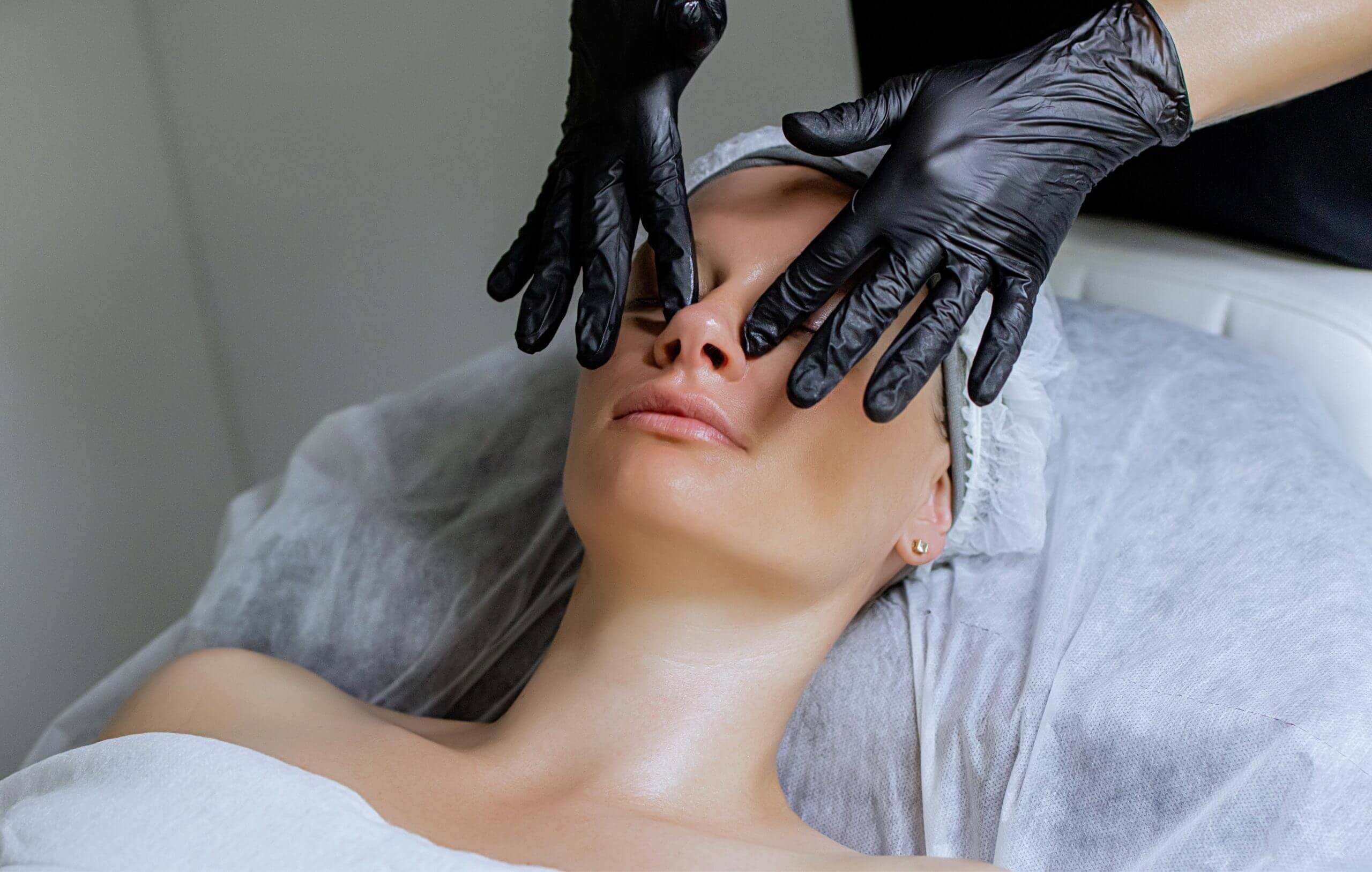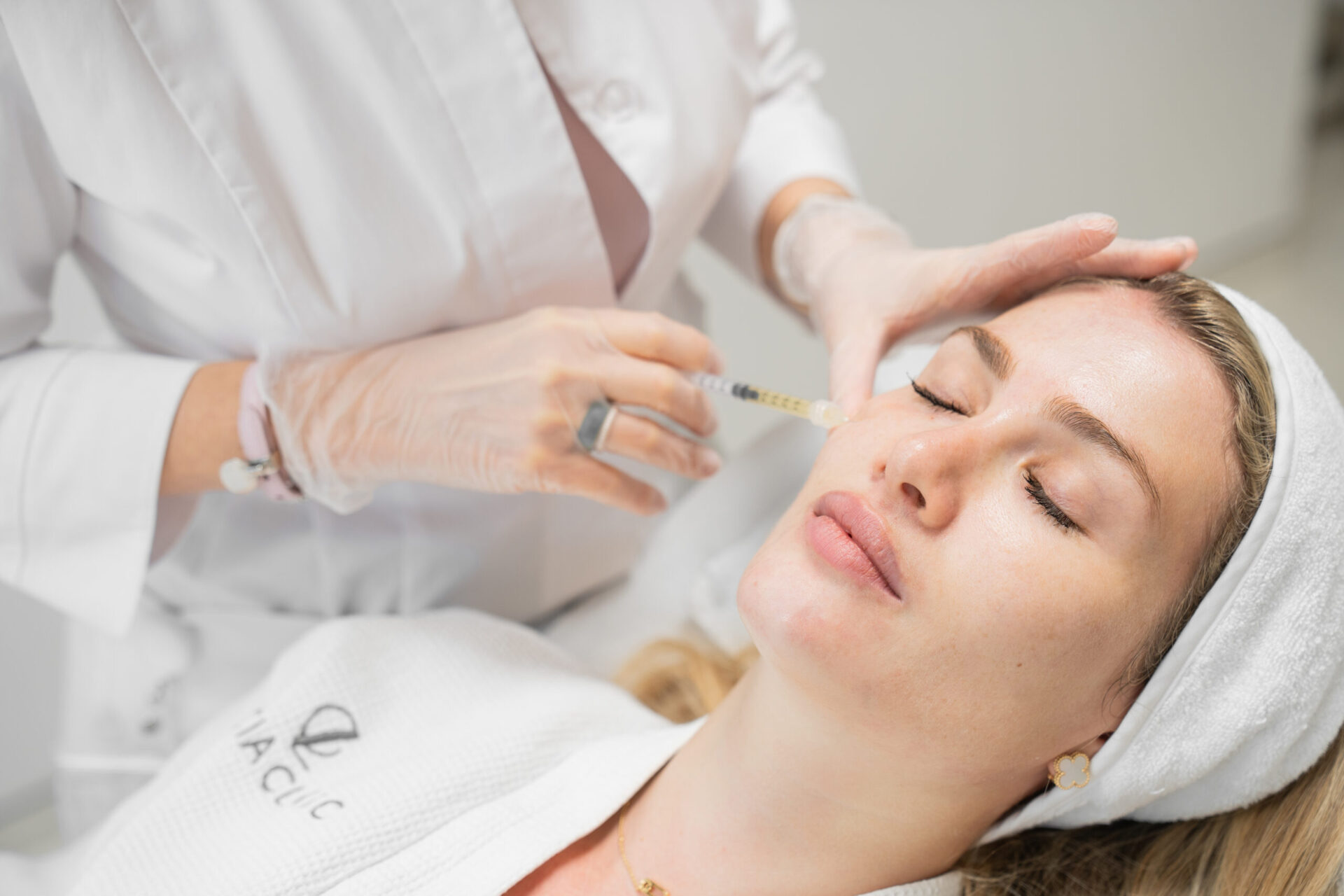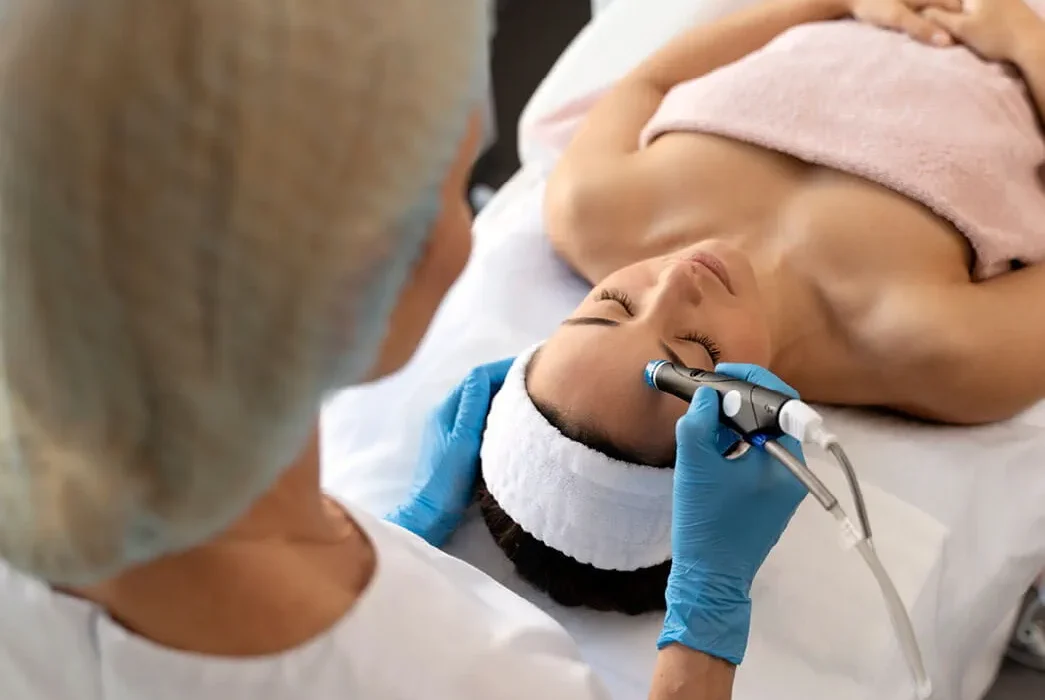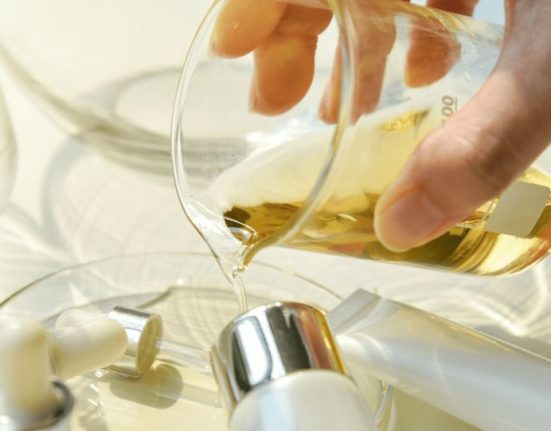In today’s fast-paced world, the boundaries between health and beauty are becoming increasingly blurred. What was once considered two separate industries has now merged into a thriving wellness-focused culture that emphasizes not only looking good but also feeling good. Consumers are more conscious than ever before about what they put on their skin, how they nourish their bodies, and how lifestyle habits shape both inner vitality and outer appearance.
This article explores the evolving health and beauty landscape, highlighting key trends, practices, and innovations that are redefining the industry.
The Holistic Approach to Beauty
Traditional beauty standards once prioritized quick fixes—makeup for covering flaws, harsh chemical treatments for skin issues, or invasive cosmetic procedures to enhance appearance. Today, however, the emphasis has shifted toward holistic beauty—a concept that views outer beauty as a reflection of inner health.
Holistic beauty focuses on three pillars:
Nutrition: Radiant skin, strong nails, and shiny hair often stem from a balanced diet rich in vitamins, minerals, and antioxidants. Foods like berries, nuts, fatty fish, and leafy greens provide essential nutrients for collagen production and cell repair.
Lifestyle: Adequate sleep, stress management, and regular exercise play significant roles in maintaining youthful energy and healthy-looking skin.
Skincare from Within: Supplements such as collagen powders, probiotics, and adaptogens are increasingly popular, showing how consumers now aim to treat beauty concerns from the inside out.
Skincare Goes Clean and Sustainable
One of the most visible changes in the health and beauty industry is the shift toward clean skincare. Modern consumers scrutinize labels, rejecting products with parabens, sulfates, and synthetic fragrances in favor of natural, plant-based alternatives.
Sustainability is another driving force. Beauty brands are adopting eco-conscious practices, from biodegradable packaging to refillable containers. Consumers want products that not only enhance their beauty but also align with their values, ensuring minimal environmental impact.
Another exciting development is the rise of skinimalism—a trend that promotes a simplified routine using fewer but more effective products. Instead of layering ten different serums, many people now prefer multi-functional products that hydrate, protect, and repair simultaneously.

Technology and Personalized Beauty
The digital age has transformed nearly every aspect of our lives, and beauty is no exception. Technology now plays a vital role in personalized health and beauty solutions:
AI-driven skincare analysis: Apps can scan your skin, identify concerns like fine lines, hyperpigmentation, or dehydration, and recommend products tailored to your unique needs.
DNA-based beauty products: Some companies now offer skincare and supplement regimens based on genetic testing, promising results that align with your biological makeup.
At-home beauty tech: From LED masks to microcurrent devices, consumers now have access to advanced treatments once reserved for dermatologists’ offices.
These innovations empower individuals to take control of their routines and make data-driven decisions for both health and beauty.
The Rise of Preventive Beauty
While anti-aging solutions remain popular, there is a growing shift toward preventive beauty. Instead of waiting for wrinkles, age spots, or hair thinning to appear, consumers are adopting proactive measures in their 20s and 30s.
Daily sunscreen use, antioxidant serums, scalp health treatments, and even early collagen supplementation are becoming standard practices. This approach not only helps delay visible signs of aging but also strengthens overall health, reducing the risk of skin cancer, oxidative stress, and other health concerns.
Preventive beauty reflects a long-term mindset: beauty isn’t about reversing damage, but about sustaining wellness through consistent, mindful habits.
The Role of Mental Health in Beauty
In recent years, conversations around beauty have expanded to include mental health and emotional well-being. Stress, anxiety, and burnout can significantly impact appearance, leading to issues like breakouts, hair loss, and premature aging.
As a result, practices such as mindfulness, meditation, and self-care rituals are being integrated into beauty routines. Even skincare brands are emphasizing self-love, encouraging consumers to see skincare not just as a necessity, but as a form of relaxation and mental rejuvenation.
This merging of beauty with mental wellness highlights a profound shift: true beauty is no longer defined by flawless features but by overall harmony of body, mind, and spirit.
Fitness as a Beauty Booster
Exercise has long been linked to better health, but its role in beauty is now being highlighted. Physical activity improves blood circulation, which delivers oxygen and nutrients to skin cells, giving the complexion a natural glow. It also helps regulate hormones, reducing breakouts and improving hair growth.
Popular trends like yoga for face toning, Pilates for posture, and strength training for youthful vitality showcase how fitness can be both health-promoting and beauty-enhancing. For many, fitness is no longer just about weight loss but about cultivating confidence, balance, and radiance.
Men in the Health and Beauty Space
Another noteworthy evolution is the rising participation of men in health and beauty. The male grooming industry is booming, with products ranging from beard oils to specialized skincare lines. Social media has also contributed to breaking down stigmas, normalizing self-care and wellness routines for men.
Beyond grooming, men are increasingly embracing wellness practices such as meditation, fitness programs, and dietary supplements, further reinforcing the universal appeal of health and beauty as interconnected lifestyle choices.
Future Outlook: What’s Next?
The health and beauty industries are expected to continue merging, guided by innovation, inclusivity, and sustainability. Some future trends include:
Biohacking beauty: Using science-backed hacks, like red-light therapy and nutrigenomics, to optimize appearance and health.
Inclusive beauty: Expanding product lines to serve all skin tones, hair types, and genders, ensuring representation across the board.
Longevity-focused beauty: Moving beyond anti-aging toward life extension, with products and practices designed to keep both body and skin youthful for decades.
As consumers become increasingly informed, they are demanding authenticity, transparency, and results. Brands that combine scientific innovation with holistic health values are likely to thrive in the next decade.

Final Thoughts
The intersection of health and beauty represents more than just a trend—it reflects a cultural shift toward wellness-driven living. People no longer separate looking good from feeling good. Instead, they embrace routines, products, and practices that nourish the body, calm the mind, and enhance natural beauty.
In the coming years, we can expect to see even more synergy between health and beauty. From sustainable skincare to DNA-based regimens, from mental wellness practices to preventive self-care, the industry is evolving into a future where true beauty is the natural outcome of holistic well-being.


